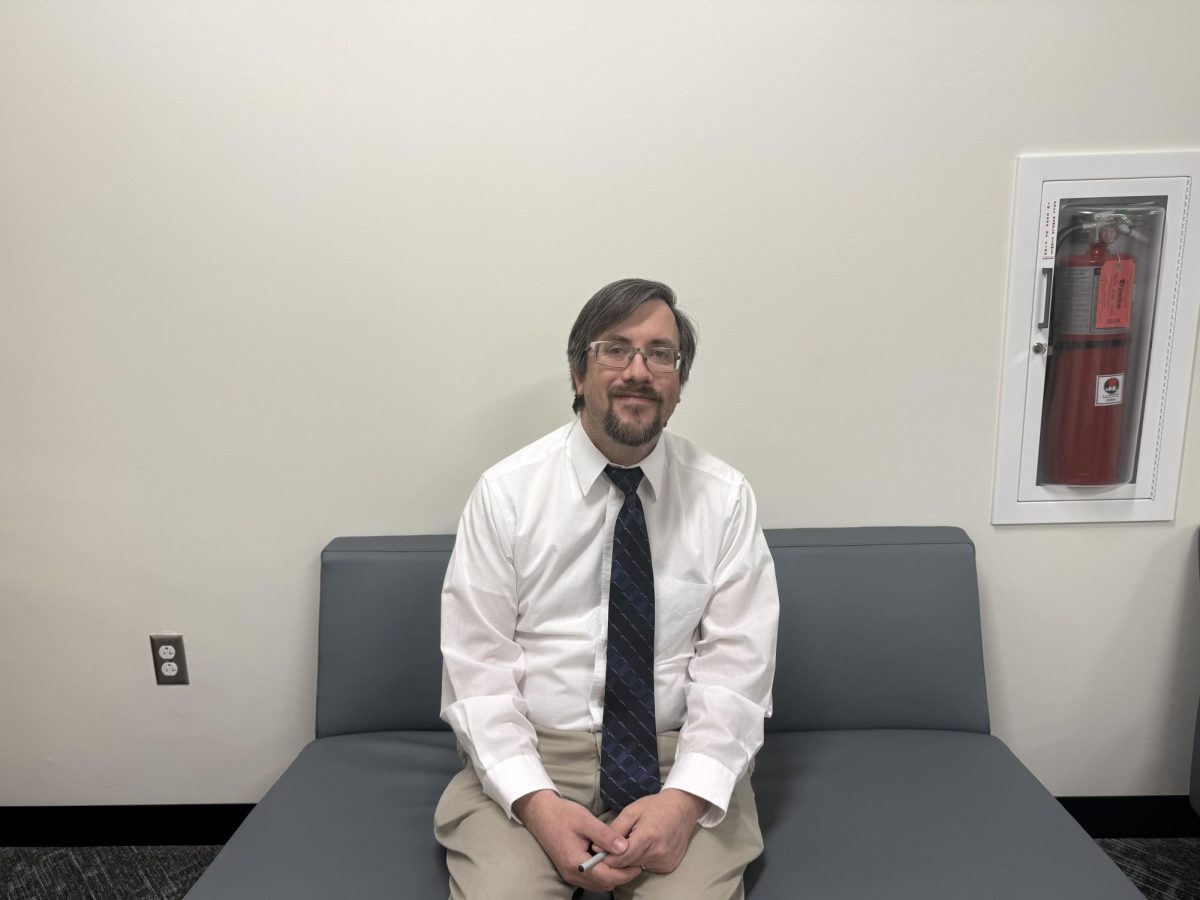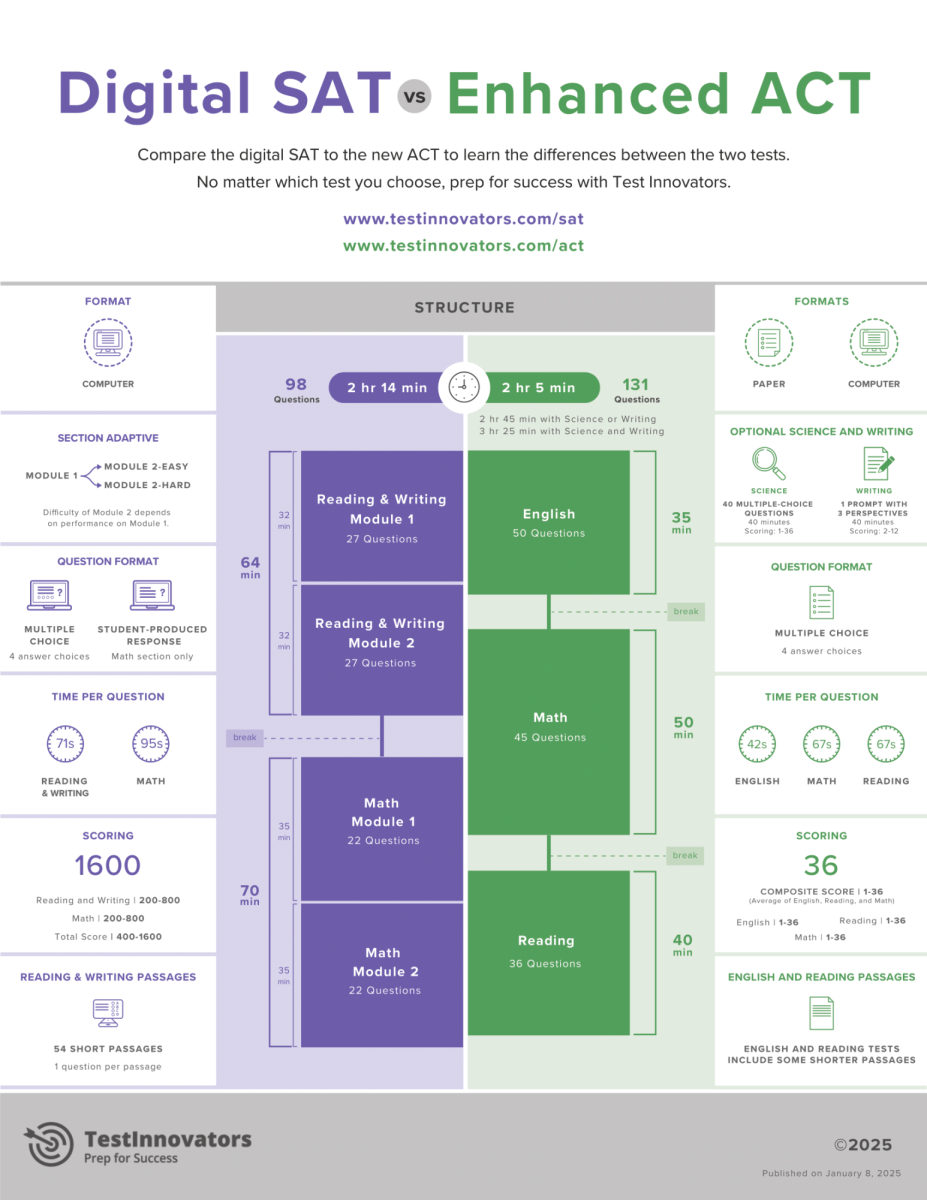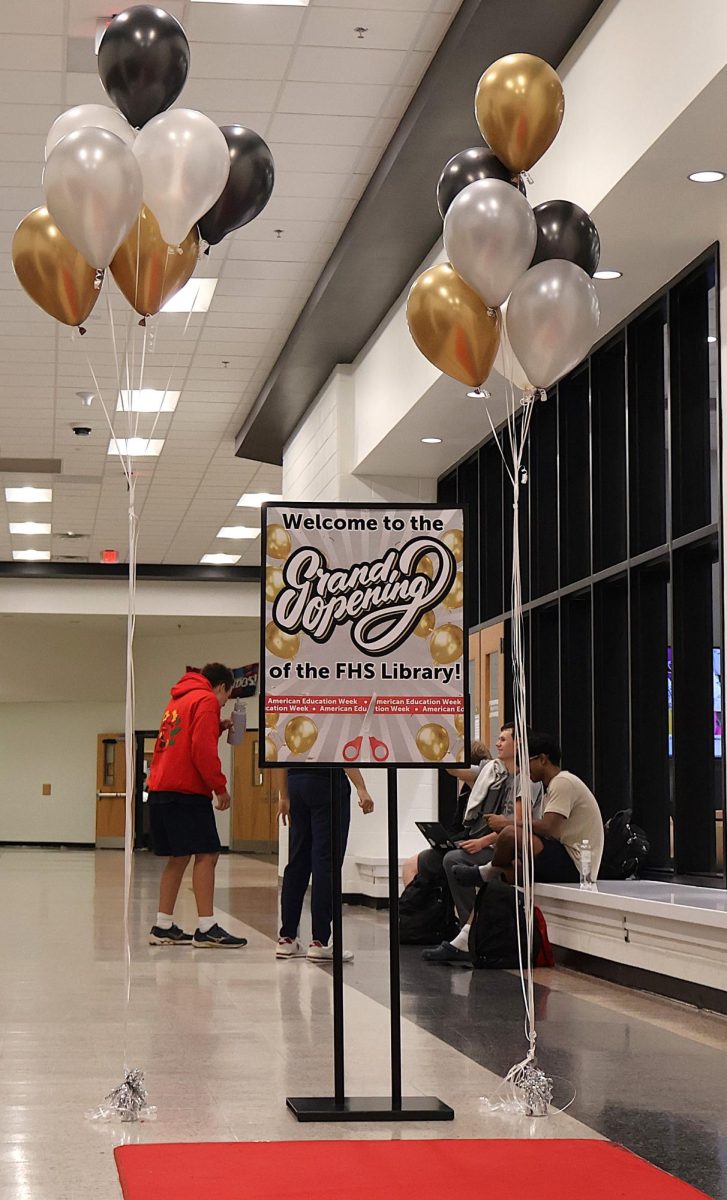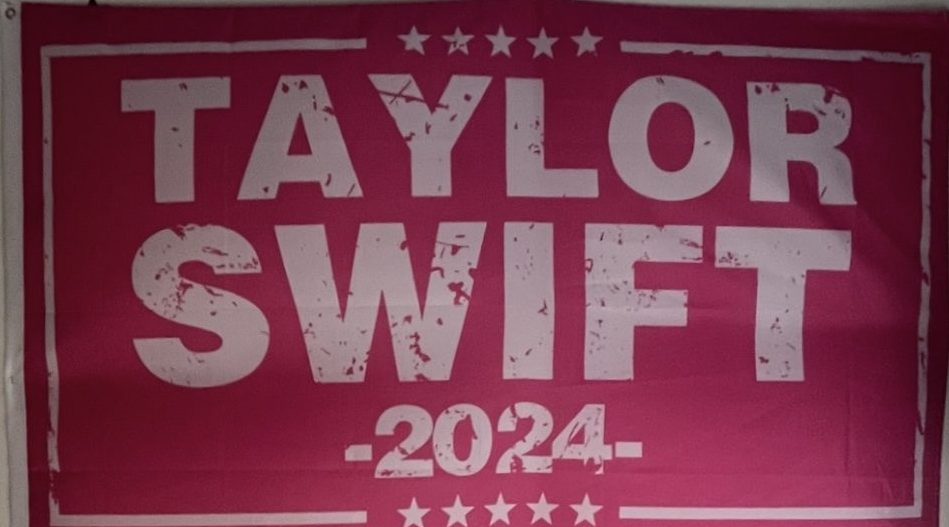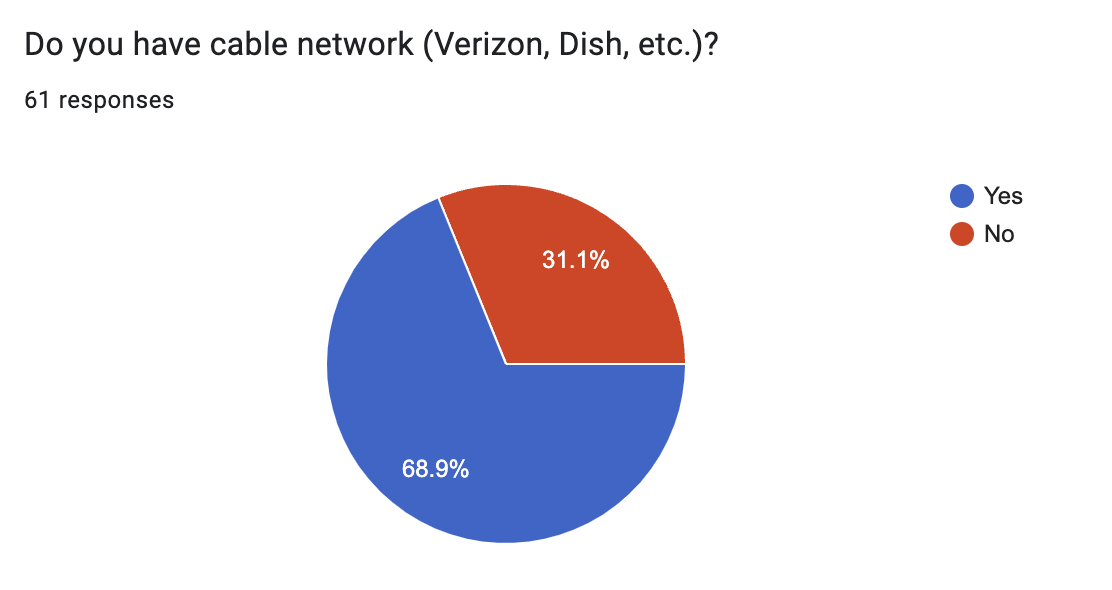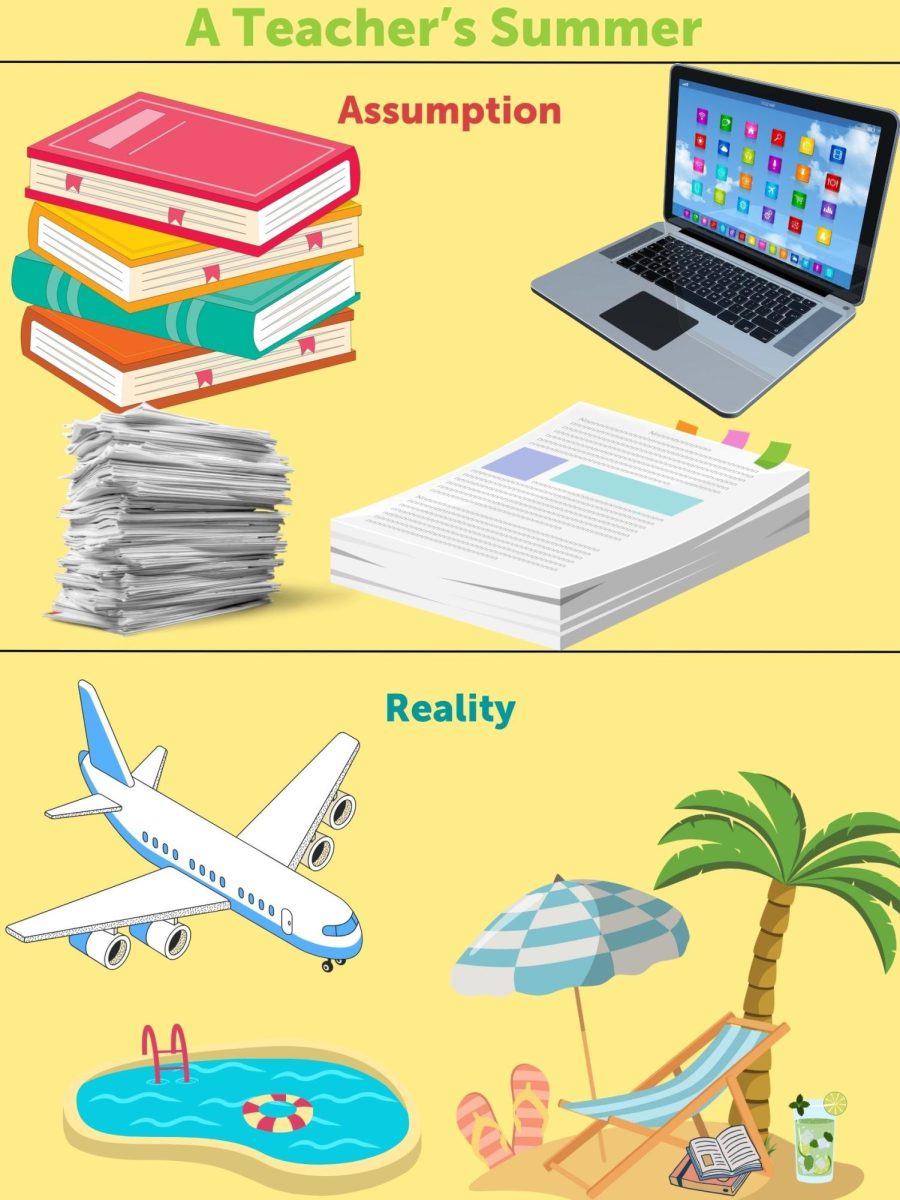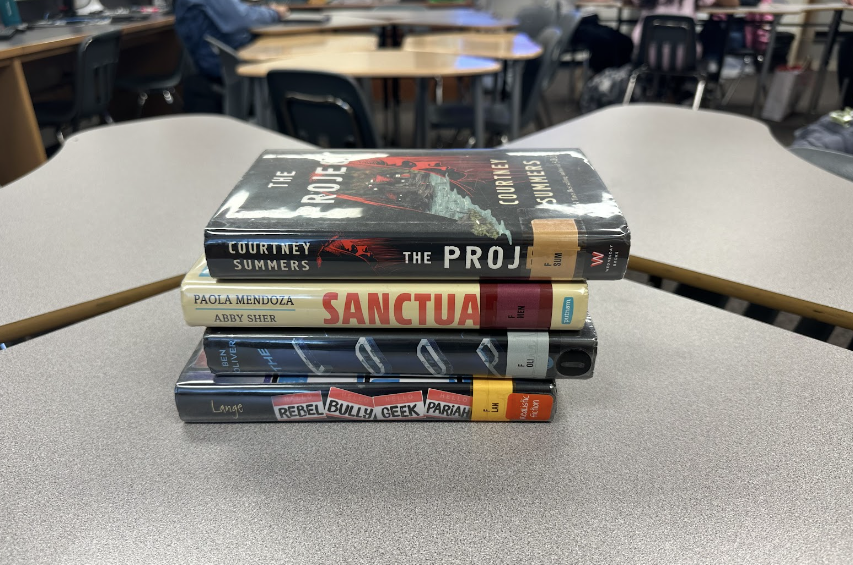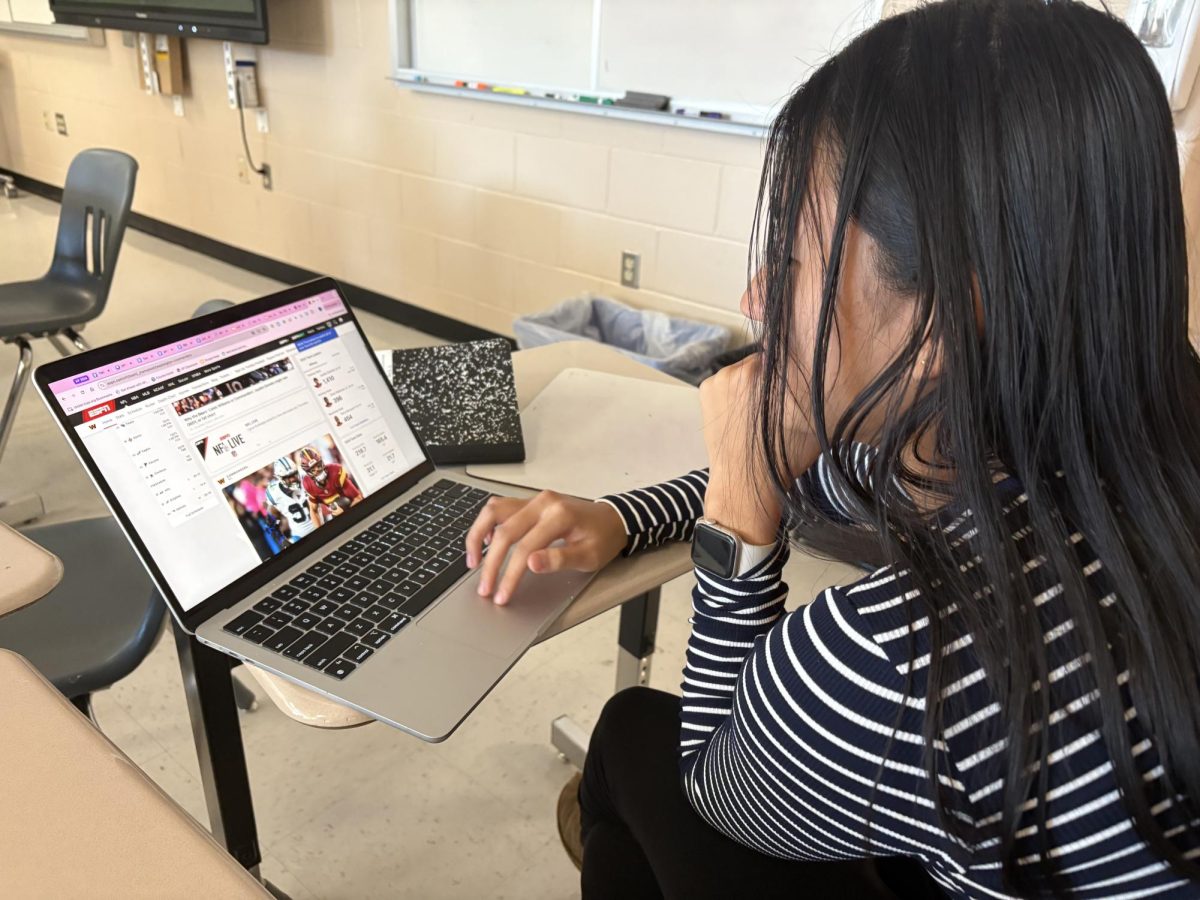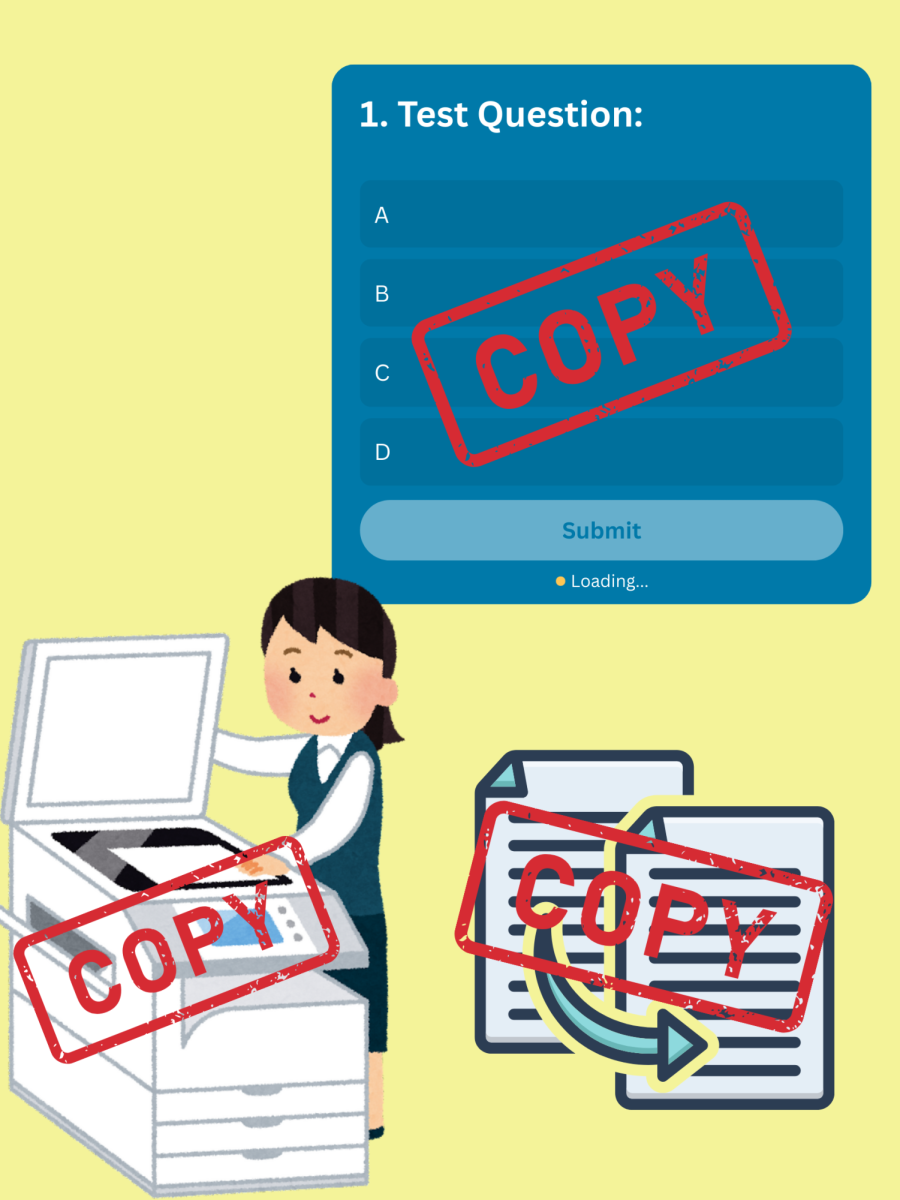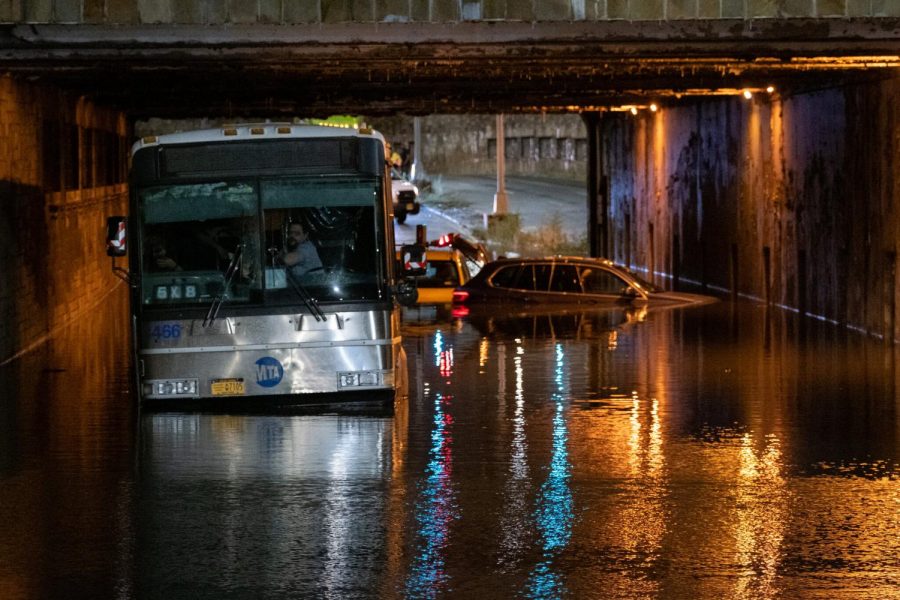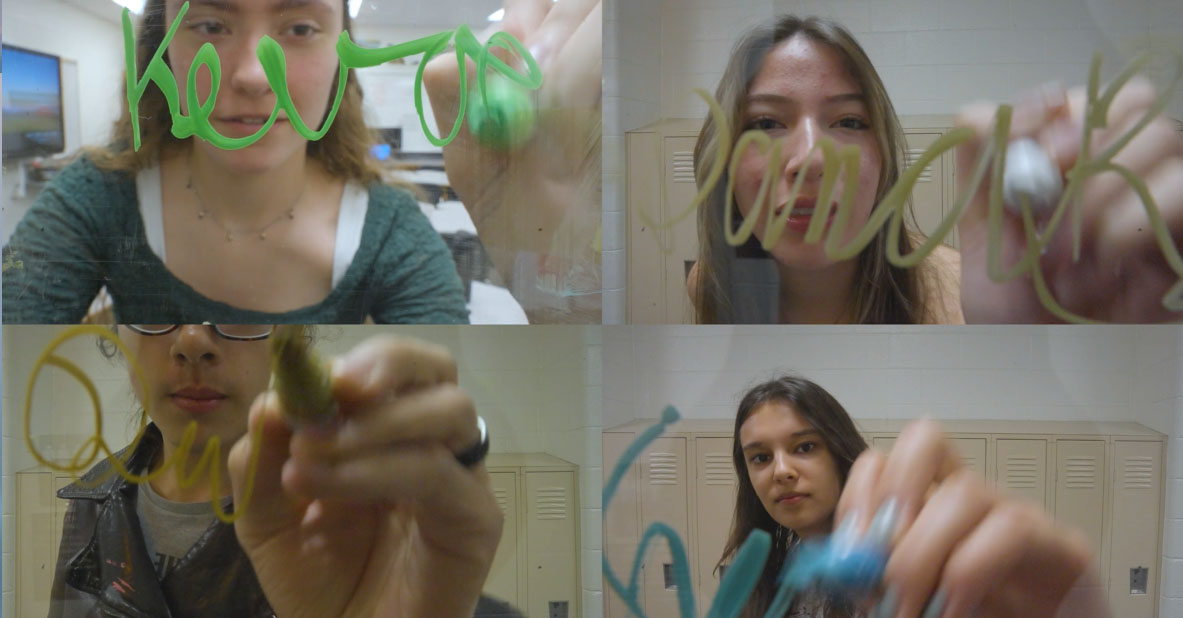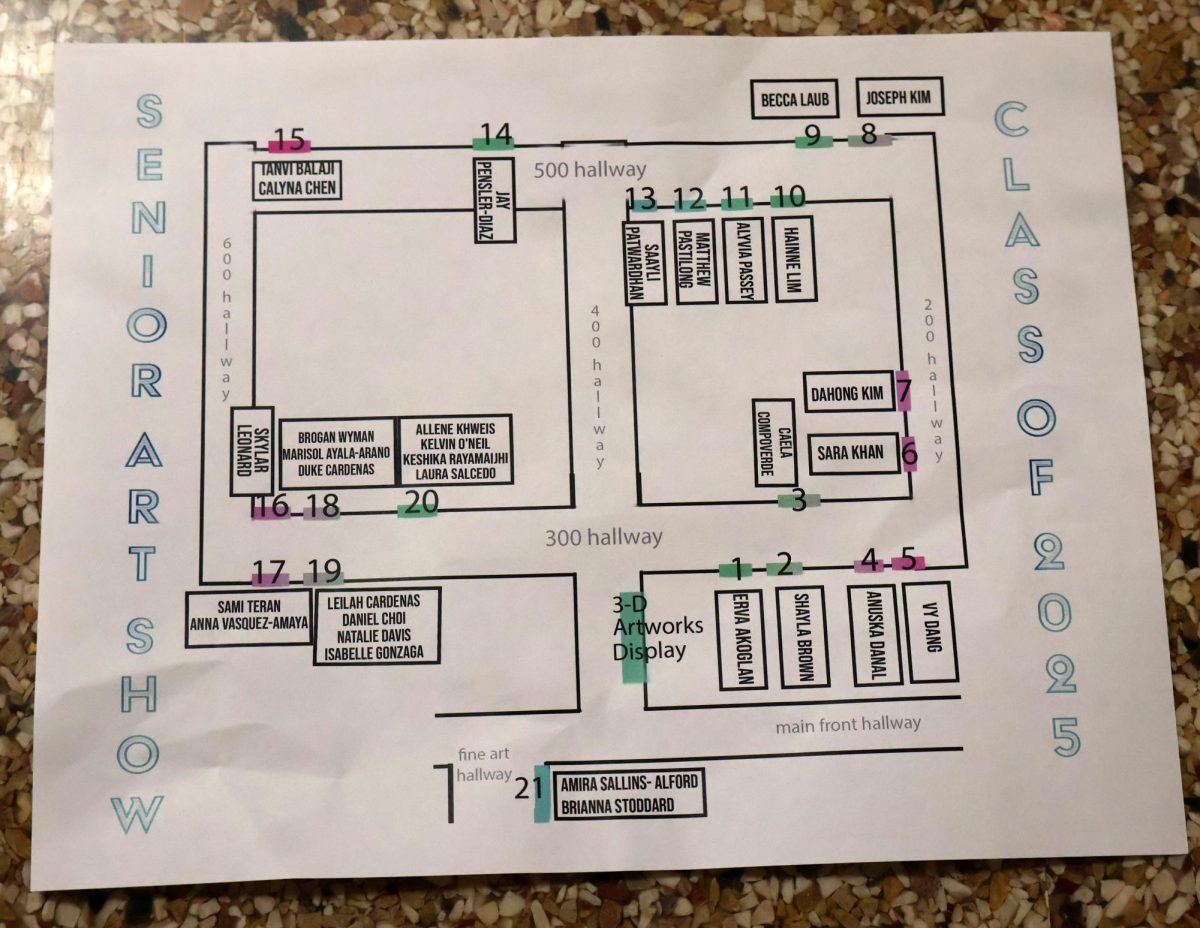Hurricane Ida: How this Storm Influences the Future
The recent Category 5 storm brought about conversations surrounding climate change and sustainability.
September 1, 2021
Early in September 2021, Hurricane Ida ripped through the Gulf Coast, and Northeast. Tornadoes made landfall in New Jersey, Philadelphia’s highways became waterways, and New York’s subways flooded with water. The combination of a dissipating Category 5 storm and a cold front converged to form a larger weather event. Emily Bird, an environmental science teacher at Freedom High School, was intrigued by Ida’s behavior.
“I think the unique thing about Ida is that, in fact, all of the deaths and damage came from the after effects of Ida in the form of extreme rainfall in the Northeast,” Bird said.
Bird predicts to see a similar pattern with natural disasters in the future. Communities are left with nothing but destruction, but rebuilding in areas prone to hurricanes can be complicated. Chloe Collins, a junior at FHS and MATA studying environmental science, believes that living in high risk areas is acceptable.
“You have to understand the risks of living there, and you have to be prepared both with things in your home to have and emotionally prepared,” Collins said.
Not only do people need to be physically prepared with adequate equipment to survive a hurricane, they must also be aware that a hurricane could wipe out their entire house at any moment. Communities could lose everything they have due to one, destructive hurricane. However, the people that live in coastal communities do not always have a choice in where their home and family is located.
“A lot of these areas are low income, and they don’t have much of a choice,” Bird said. “They might know that a hurricane is going to come, but what can they do? They don’t have the means to pick up and move somewhere else.”
Many individuals are unwilling to leave their homes, even if the area is dangerous. Collins agrees that communities are already established in high risk areas.
“You have to keep going and keep rebuilding no matter what happens or knocks you down,” Collins said. “And it’s important because people’s lives are there and families and heritage and all of that.”
Some people accept the risks of losing their homes, because their hometowns have emotional ties. However, people who live on the coast may not be able to always rebuild in the future. Bird predicts changes could happen as early as 10 years from now.
“We will start seeing some regulations against rebuilding. If your home is destroyed, you will not be able to rebuild in certain areas anymore,” Bird said.
For the people who are unwilling to leave their homes by the sea, Erica Shin, an AP environmental science student, suggests making adjustments to coastal homes to have more safety features.
“I think people should still live in areas more prone to hurricanes, but instead have a safer way of living, like having homes and areas better suit for natural disasters,” Shin said.
Rebuilding with added precautions could become a reality, especially as hurricanes and other natural disasters intensify each year. Climate change is playing a large role in causing dangerous hurricanes to occur more frequently. Bird believes that both individuals and humans as a whole make their own impacts that affect the strength of and intensity of hurricanes.
“On an individual level, we all make our choices, as consumers we buy things that have large carbon footprints, we make choices in our personal lives in terms of diet, electricity use, the type of clothes that we buy,” Bird said.
Although these choices may be small, they can accumulate overtime and add to everyone else’s carbon footprint. Shin believes everyone must come together as a whole to help combat climate change.
“It can’t just be one group of people that helps, it has to be everyone,” Shin said.
Collins suggests small steps towards being more sustainable are ideal instead of changing all aspects of one’s lifestyle.
“If you have certain things in your house that are biodegradable, kind of making them into reusable items like Q-tips, you can buy reusable Q-tips, using towels instead of paper, just easy stuff like that,” Collins said.



